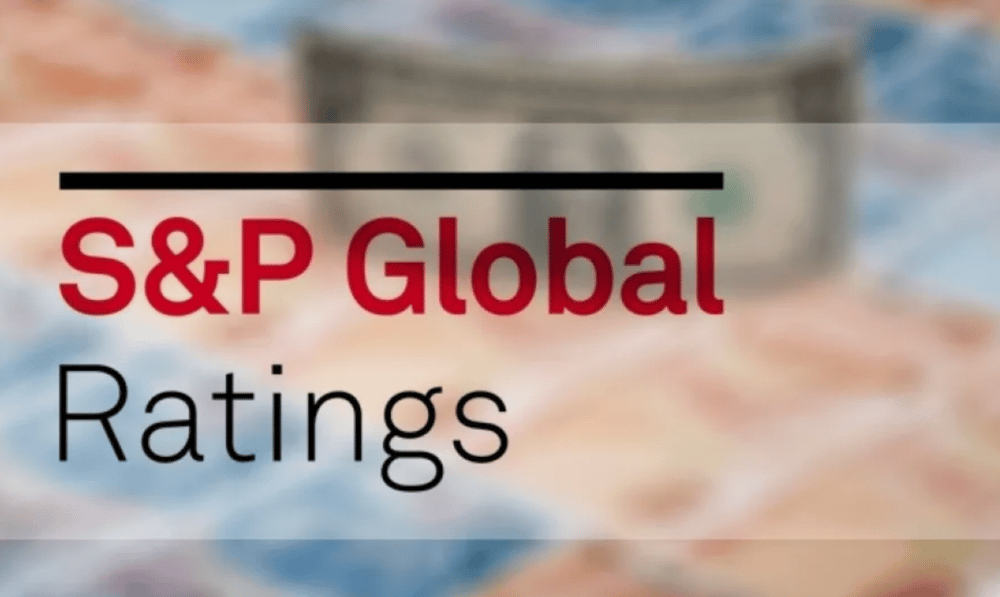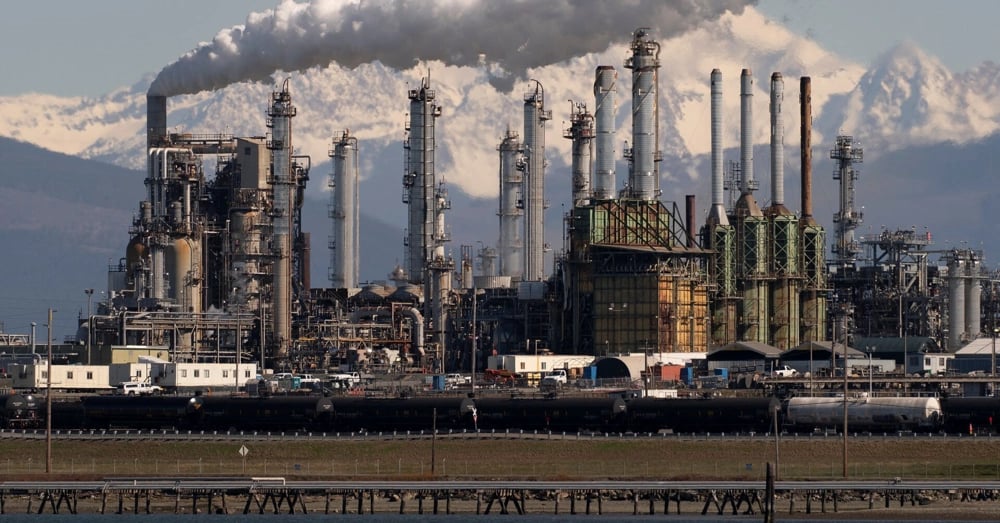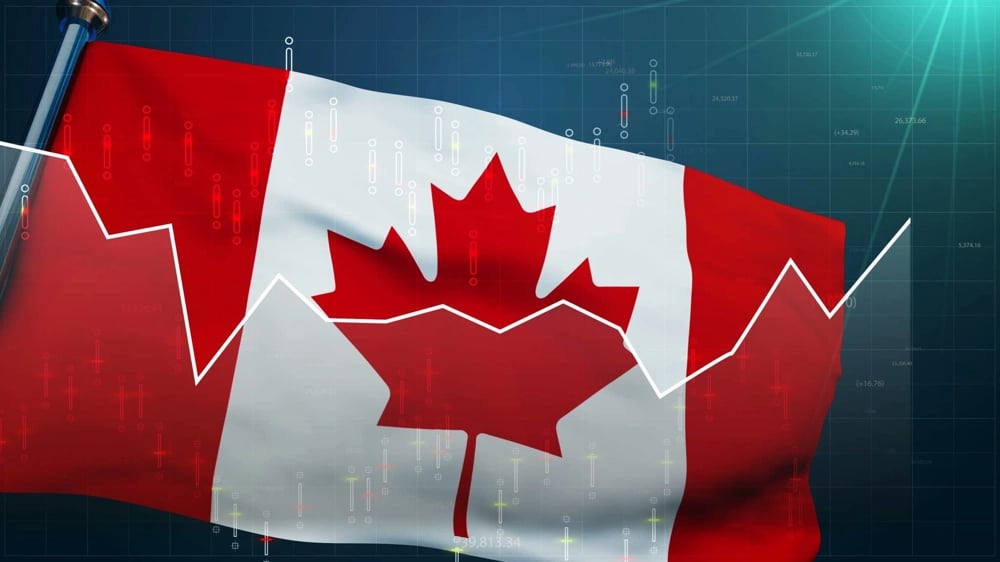S&P Global Sees Stable Credit Ratings for U.S. and China Despite Trade War Escalation
As global markets digest the latest wave of tariff escalations initiated by the U.S., concerns over sovereign credit ratings have intensified. However, S&P Global Ratings $SPGI has maintained its “stable” outlook on the U.S. (AA+) and China, signaling confidence in the resilience of the world’s two largest economies amid heightened trade tensions.
Credit Risk Not Uniform Across the Globe
According to the lead sovereign analyst at S&P Global, while trade disputes between Washington and Beijing are likely to have long-term ramifications, they are not expected to immediately trigger downgrades for either country. The agency reiterated its stable view on the U.S. rating just days before President Donald Trump introduced a sweeping round of tariff hikes in early April.
Instead, S&P's analysis suggests that the economic fallout from a prolonged trade conflict will disproportionately affect lower-income nations and those already flagged for potential credit downgrades. These economies tend to be more vulnerable due to weaker fiscal buffers, higher exposure to global supply chains, and greater reliance on commodity exports.
Where the Real Pressure May Be Felt
In contrast to more diversified and domestically driven economies like the U.S. and China, several emerging markets face heightened credit risks in the current environment. Factors amplifying these vulnerabilities include external debt burdens, dependence on trade flows, and limited room for monetary policy maneuvering.
Countries with large current account deficits could see financing costs rise.
Export-oriented economies reliant on U.S. or Chinese demand may experience trade shocks.
Nations with existing negative rating outlooks are at elevated risk of actual downgrades.

Five Takeaways from S&P’s Credit Perspective
U.S. resilience: The AA+ rating reflects institutional strength, diversified economic base, and deep capital markets.
China’s stability: While facing structural challenges, China's fiscal space and political control support its sovereign rating.
Emerging market exposure: Developing nations with fragile fundamentals are the most susceptible to spillover effects.
Tariffs as a long-term drag: Even without immediate rating action, persistent trade friction could erode growth trajectories.
Policy response is key: Countries that proactively adjust to changing trade dynamics are more likely to preserve credit strength.
Countries on the Watchlist
Several nations flagged by S&P in prior outlooks could be first in line for pressure if global trade volumes contract further:
Those dependent on commodity exports
Nations with high dollar-denominated debt
Economies already under review for potential downgrade
For these countries, even marginal increases in borrowing costs or export shortfalls can cascade into wider fiscal or balance of payments distress.















Comments